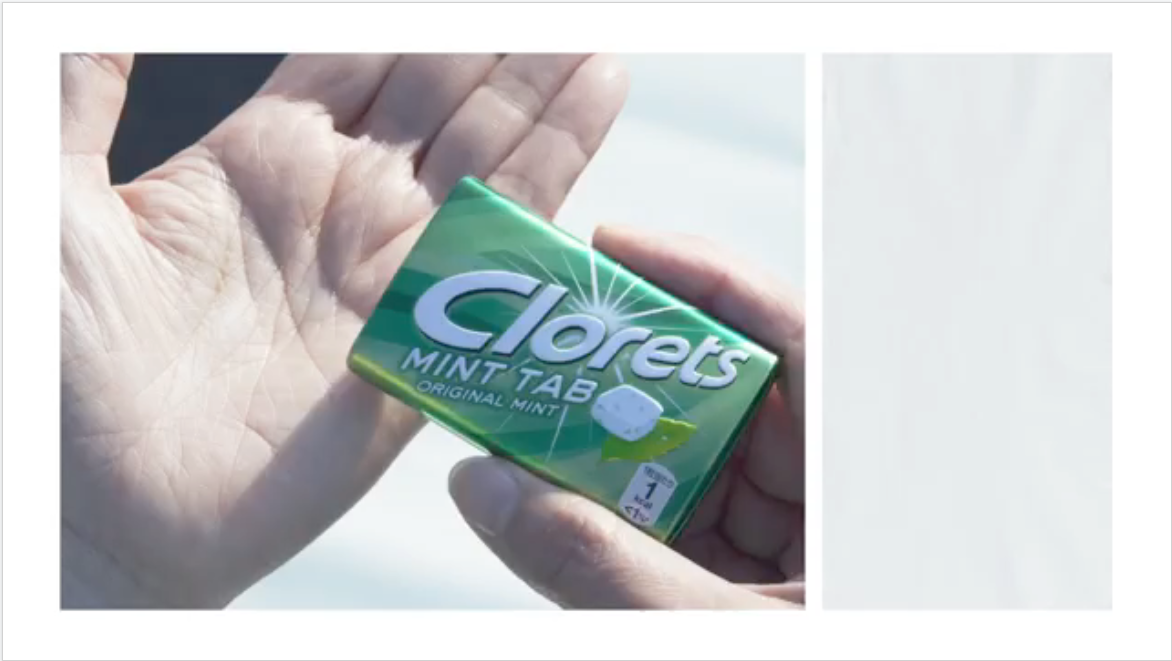I had the pleasure of talking to the Streamly team during Content Marketing World about my favorite topic: how to apply artificial intelligence (AI) to sales and marketing.
For context, Streamly is Content Marketing World’s video streaming platform that showcases expert-led content.
They asked me some really fun questions about AI, so check out our conversation below to get a sense of what AI can do in sales and marketing.
Streamly: Tell us a bit about what AI is and why it’s great for marketing!
When we think about artificial intelligence, our minds are immediately filled with the Hollywood version of AI.
We think of T-1000 in the Terminator movie franchise, Data from Star Trek, or even Janet from the Good Place. We are not there yet in terms of having a physical robot marketer or salesperson, but maybe one day!
In the meantime, the AI that we are talking about today is primarily used to embed machine learning algorithms into software. Because it’s embedded into software, depending on what the software is and how the features are built, AI can help marketers or sales persons to be more efficient in 3 ways, which include:
- doing some of the more repetitive/tedious tasks
- predicting what customers may do next to improve the overall customer experience
- helping marketers make better decisions by analyzing a massive amount of data
By definition, artificial intelligence in the context of marketing and sales is intelligence exhibited by machines used to enable decision-making, predict outcomes, and improve efficiency.
Streamly: Let’s do a quick case study. We have a fictitious brand of laundry detergent called ‘Double Down.’ We’d like to ask you to come up with a short 3-5 step strategy for how you would approach marketing this product using AI.
Before we create a strategy, we need to clarify the objective.
Here is the presumed objective: Double the revenue for Double Down in the US market.
My recommended strategy would be: Drive demand using integrated campaigns through TV commercials, as well as paid and organic social media outreach.
Now, let’s talk about how AI can be used in TV commercials, copywriting, and social media.
First of all, creative concepts can be generated by AI. McCann Japan created an AI CD (artificial intelligence creative director) initiative that would generate creative concepts. The bot came up with a creative concept for one of their clients, Clorets chewing gum. The brief is “Instant fresh breath that lasts for 10 minutes.”
Here are the two resulting commercials; can you tell which one is generated by AI?


The first commercial’s creative concept was generated by AI.
Additionally, if we need someone to write content and perform copywriting duties, there are many AI writing assistant tools out there, such as Rytr, Jasper, QuillBot, and Copy.ai for copywriting.
Here are 19 excellent AI writing assistant tools for you to check out.
And, based on my strategy, we need to run Facebook ads or Google keyword ads.
For FB, there is a lookalike audience feature, which is an AI algorithm that targets the lookalike audience you would like to go after.
For Google ad features, there is a similar audience feature which is also algorithmically designed to help you target the right audience.
Here is the key: you won’t get your lookalike audience right the first time, so please make sure you test, test, and test again.
Bonus: There is a popular AI image generator tool called Craiyon. Check out Craiyon.com. You can enter keywords that AI will use to generate images based on keywords.
Craiyon is the new name for DALL-E mini, the popular AI image generator that was created by Boris Dayma using an open source called Open AI.
You can literally enter a simple text prompt, like a panda bear dunking a basketball, and turn it into a photorealistic image.
You can try different word combinations, and the AI will come up with numerous concepts for you.
By the way, Craiyon can also realistically edit or retouch photos; by typing simple, natural language descriptions, it will seamlessly replace part of the image using a process called in-painting.
Check out this video to get a better idea of what I’m talking about.
Streamly: Tell us what you do in the AI space and how you first got involved?
I love technology and seeing how it can make our lives better.
I believe that AI can take technology to the next level to help machines understand humans better, and possibly help us to understand ourselves better.
AI is everywhere; it’s that invisible hand that we don’t see. We use Waze to help us get from point A to point B and that’s fully enabled by AI.
Google search attempts to answer our questions is also AI at work.
Netflix, meanwhile, learns your watch preferences and makes recommendations about what you’d like to see next.
AI is everywhere. I’d like to know how this will apply to sales and marketing even further down the road.
Streamly: Why should marketers consider using AI?
When we started using iPhones, many developers were busy creating different apps to serve our various needs.
There is a saying that “there is an app for that”, and the same analogy applies to AI; “there is an AI usage for that”. So, it’s important to understand the versatility of AI and the opportunities it affords.
You can use AI writing assistants, for example. You brief AI on what you want to write in a paragraph, and the AI, in turn, will write a blog post for you. Or, you can simply start a sentence, and AI will complete it for you.
Depending on what your marketing functions are, think of what you do on a daily basis. If some tasks are repetitive, you may want to do a Google search to find out if there are specific AI tools that can help you out.
Streamly: Can you give us some examples of AI being used for marketing right now?
Well, if you are doing email marketing, for example, you can use AI embedded in your marketing automation tools to further segment your database.
If you want to understand your customers better, you can use Chorus.ai to record customer support and sales conversations; AI can analyze those calls and deliver lots of great insight..
Streamly: What’s the best way to build an AI strategy?
AI is not the holy grail. AI, in today’s terms, is more about machine learning, algorithms, and deep learning.
Your marketing strategy should still be man-made, so give a lot of thought to your business goals and objectives before crafting a marketing strategy that will help to achieve those touchpoints.
Remember, AI is a means, not a strategy.
I suggest my clients start with something small. If you are using tools that have AI embedded in them, try experimenting with them and see how they work for you.
If you have a data analytics team in-house, identify a specific question that you would like to have answered, and then work with the team to find different data sets inside and outside the company; from there, you can build a model using the data to project potential answers. Of course, this may require budget allocation to make it happen, so keep that in mind.
Streamly: How early should brands be thinking about the role AI will play in their marketing strategy?
Start having a conversation now, during your annual planning sessions. Identify the challenges you face and see if AI can help you problem-solve.
Say you are working on account-based marketing for 200 accounts. Based on the marketing tactics you are going to implement, is there a way to predict their buying intent based on their engagements with you? What can you do so that they can better express interest or show their intention to buy?
Streamly: Where do you think the future of AI in marketing will go next?
Remember, I said that AI is machine exhibited intelligence that’s meant to help us improve efficiency, predict outcomes, and/or make decisions.
The future of marketing will reflect the power of AI to take over repetitive tasks that we don’t want to do, project customers’ buying interests, predict outcomes, and/or help us make decisions about budget allocations, as well as marketing channel optimization.
Frankly, the sky is the limit.
There is a dark side of AI, though, such as deep fakes or even making incorrect predictions. Remember, AI learns just like humans. If we were to feed AI an image of a cat, but it was labeled incorrectly as a plane, the misinformation would stick. So, labeling or datasets is crucially important. Otherwise, it’s garbage in and garbage out.
Again, AI is not a panacea. Ultimately, you still need to provide good judgment and determine how you want to leverage AI to boost your marketing strategy.
Making Martech Stack Manageable – 3 Things To Know
How to Use Artificial Intelligence in Marketing
MarTech in Practice: Opportunities, Trends, and Challenges
Real-life Examples of AI in Marketing








